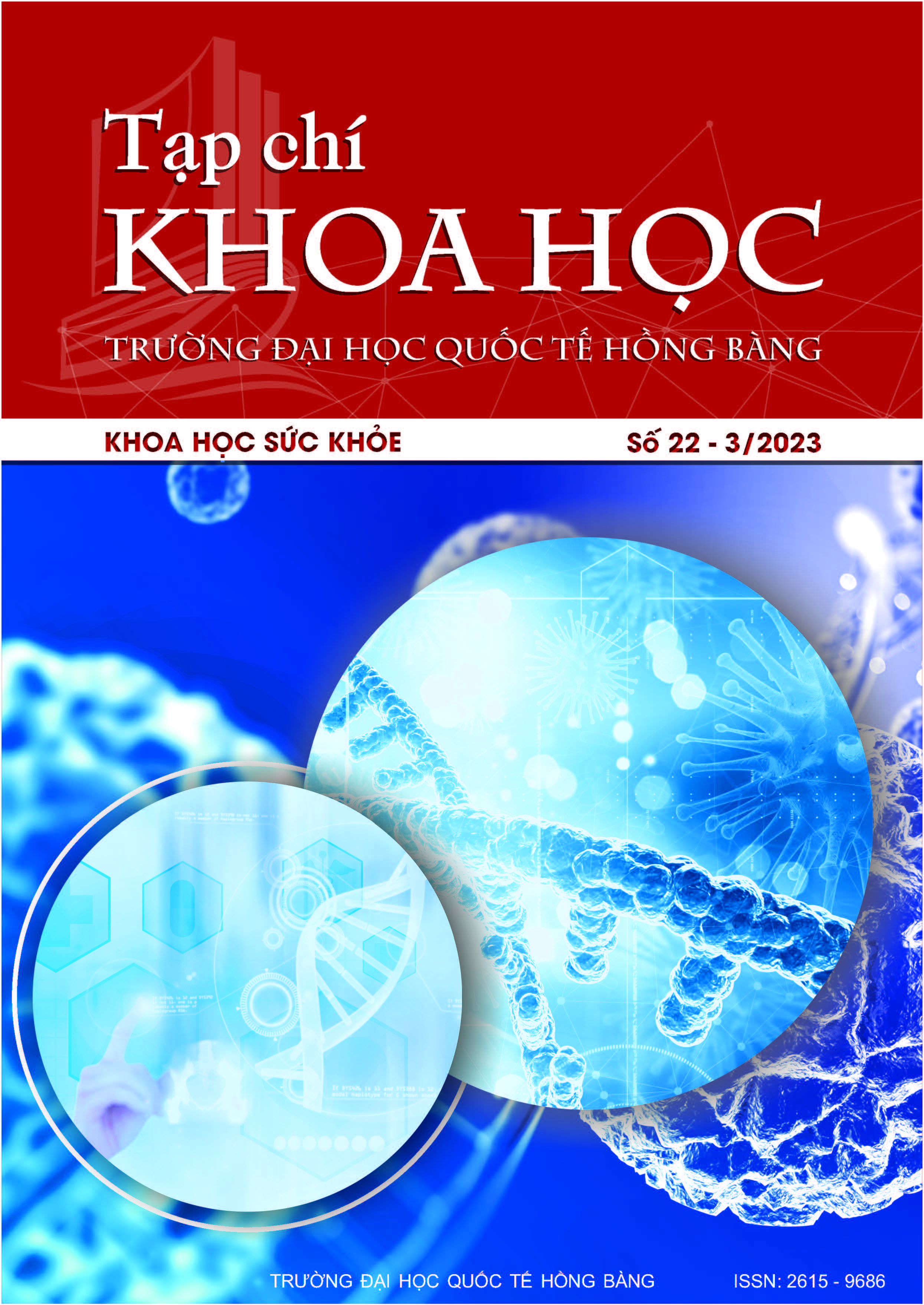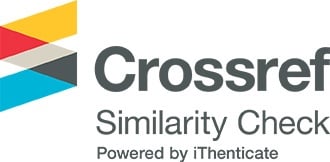Sàng lọc hoạt tính chống oxy hóa và thành phần hóa học của rễ cây Quăng (Alangium salviifolium (L.F.) wangerin alangiaceae)
Các tác giả
DOI: https://doi.org/10.59294/HIUJS.22.2023.301Từ khóa:
Alangium salviifolium, chống oxy hóa, xanhthin oxydase, sơ bộ hoá thực vậtTóm tắt
Đặt vấn đề: Các công trình khoa học trên thế giới về loài Alangium salviifolium (L.f) Wang., Alangiaceae cho thấy nhiều tác dụng dược lý đáng quý. Tuy nhiên hiện nay chỉ có vài nghiên cứu về loài cây này tại Việt Nam. Đề tài tiến hành chiết xuất, sàng lọc hoạt tính sinh học rễ cây Quăng (Alangium salviifolium (L.f) Wang.) nhằm cung cấp thêm thông tin để có thể ứng dụng loài cây này làm thuốc. Mục tiêu: Nghiên cứu thành phần hóa thực vật và khảo sát hóa học hướng tác dụng chống oxy hóa của rễ cây Quăng. Đối tượng và phương pháp nghiên cứu: Rễ cây Quăng (Alangium salviifolium (L.f) Wang.) thu hái tại Quảng Nam, nghiên cứu phân tích sơ bộ thành phần hóa thực vật bằng phương pháp Ciuley cải tiến. Khảo sát hoạt tính chống oxy hóa bằng phương pháp ức chế xanhthin oxidase. Kết quả: Rễ của cây Quăng được xác định có thành phần chính là alkaloid, triterpen, flavonoid, coumarin, đường khử, tinh dầu. Hoạt tính chống oxy hóa trên mô hình ức chế xanthin oxidase (XO) cho thấy cao diclorometan (cao A), cao ethyl acetat (cao B), tủa alkaloid base toàn phần (cao D) có hoạt tính ức chế xanthin oxidase vượt trội. Kết luận: Cao B và cao D ở nồng độ 200 µg/ml vẫn có tác dụng ức chế trên 50%, là cơ sở cho việc lựa chọn các cao tiềm năng để phân lập chất có hoạt tính.
Abstract
Background: Leaves and bark of Alangium salviifolium (L.f.) have astringent effects, used to treat rheumatism, leprosy, syphilis and asthma, jaundice, stomach pain. In addition, the stem of Alangium salviifolium has the potential to scavenge free radicals. However, there are not many research papers on the chemical composition and antioxidant effects of this species in Vietnam. Objectives: The phytochemical composition and antioxidant activity on the rhizomes of this plant. Materials and method: Alangium salviifolium was collected in Phu Ninh, Quang Nam, studied and analyzed preliminary phytochemical composition by improved Ciuley method. Investigation of antioxidant activity by xanthine oxidase method. Results: The roots of Alangium salviifolium were identified with the main components being alkaloids, triterpenes, flavonoids, and coumarins. The antioxidant activity on high B and high D xanthine oxidase inhibitor models at a concentration of 200 µg/ml still had an inhibitory effect of over 50%. Conclusion: The above results are the basis for in-depth studies on other pharmacological effects and the isolation of active ingredients of the Alangium salviifolium.
Tài liệu tham khảo
[1] S. Suresh, V. B. Nair, and S. Christudas, "Pharmacological and phytochemical studies of Alangium salvifolium Wang. – A review", Bulletin of Faculty of Pharmacy, Cairo University, 55(2), p. 217-222, 2017.
[2] T. B. Singh and V. Rekha, "Biological evaluation of Alangium salviifolium (L.F.) Wangerin", Journal of Chemical and Pharmaceutical Research, 6(12), p. 611-618, 2014.
[3] K. D. Hepcy, A. Dinakar, and N. Senthilkumar, "Antidiabetic, Analgesic and Anti-Inflammatory activity of Aqueous extracts of Stem and Leaves of Alangium salvifolium and Pavonia zeylanica", International Journal of Drug Development & Research, 4(4), p. 298-306, 2012.
[4] N. Laizuman, Z. Ronok, M. Ashik, I. Saiful, H. Anamul, F. Abul, and J. Mele, "Antioxidant and antitumor activity of chloroform extract of Alangium salvi folium flowers", Phytophar-macology 2(1), p. 123-134, 2012.
[5] P. Keyur, P. K. Singh, R. Pooja,…, P. Kanti, R. K. Ravikumar, and K. Vipin, "Importance of Alangium salviifolium and Its Pharmacological Update", European Journal of Medicinal Plants 12(4), p. 1-15, 2016.
[6] Viện dược liệu, Cây thuốc và động vật làm thuốc Việt Nam tập 1. Hà Nội, Nxb Khoa học và kỹ thuật, p.179, 2016.
[7] H. Munuswamy, T. Thirunavukkarasu, S. Rajamani, E. Kuppan, and D. Ernest, "A review on antimicrobial efficacy of some traditional medicinal plants in Tamilnadu", Journal of Acute Disease, p. 99-105, 2013.
Tải xuống
Tải xuống: 137











